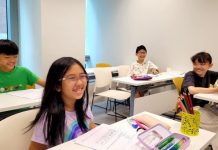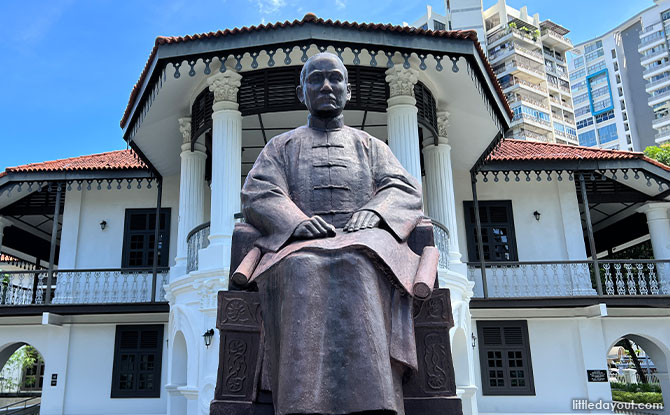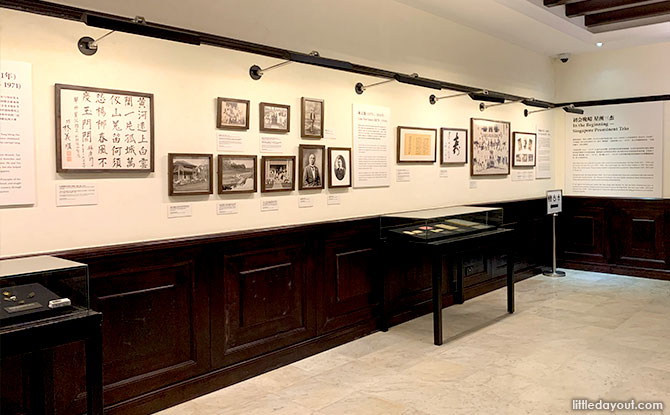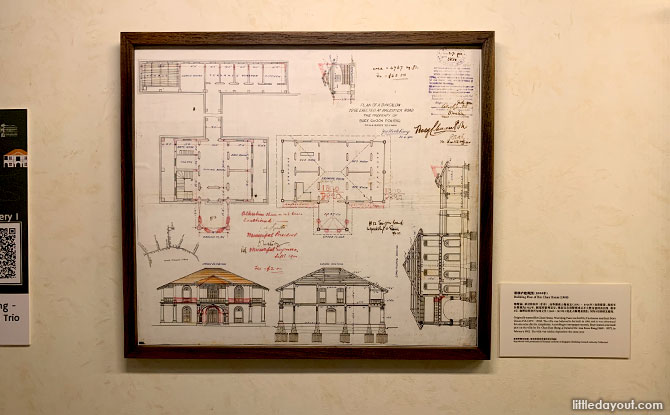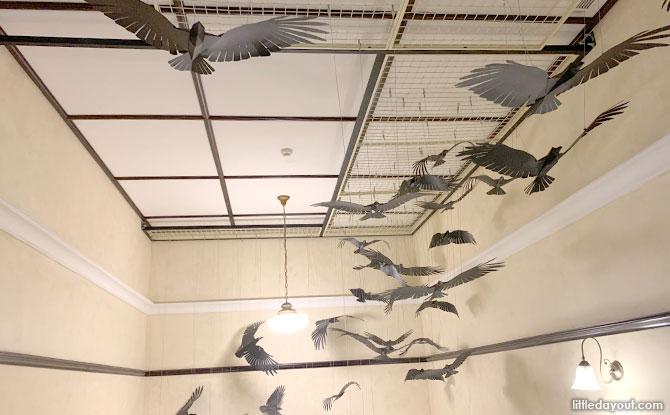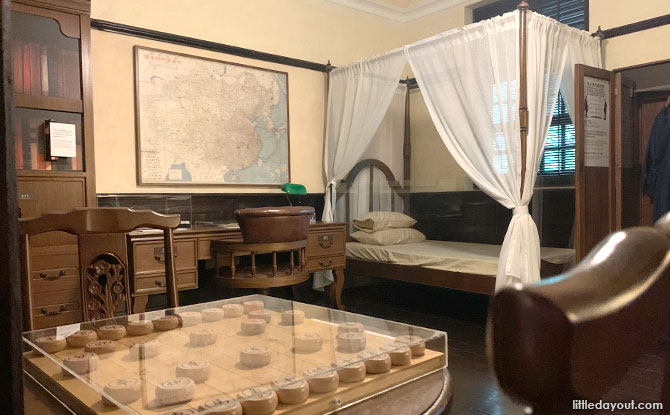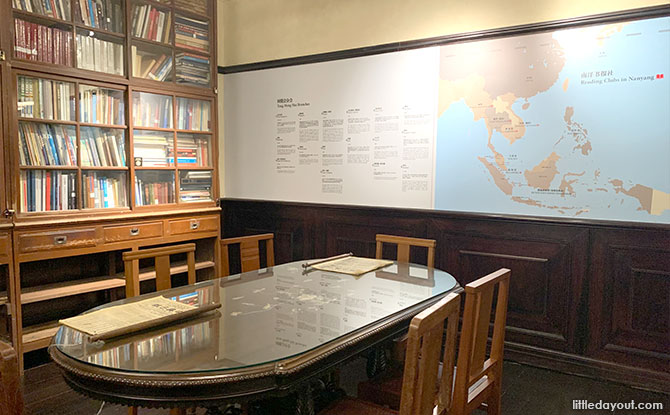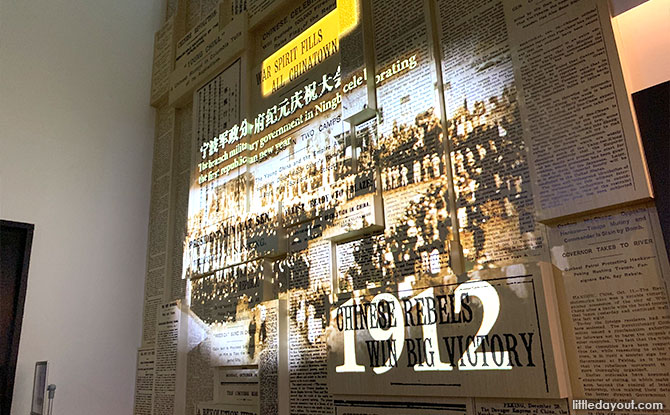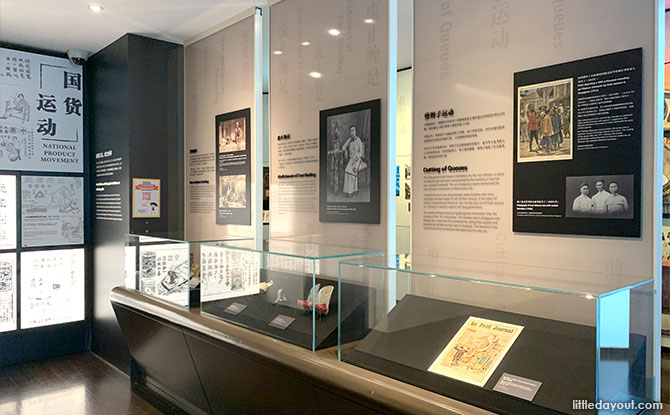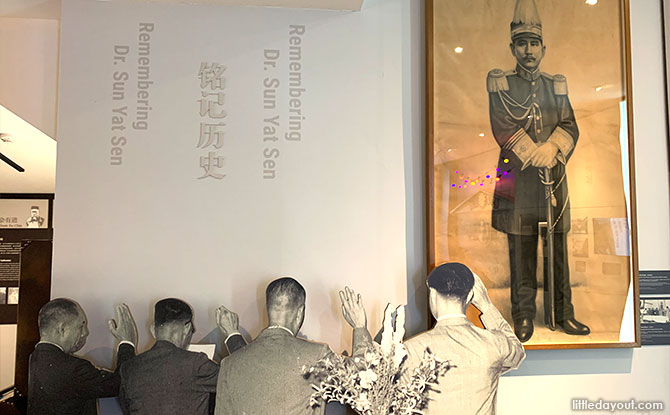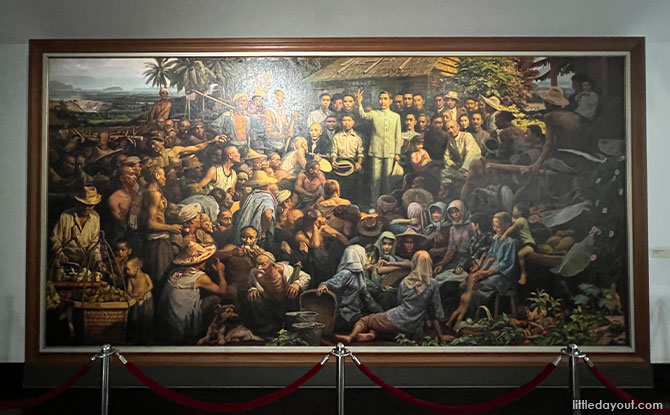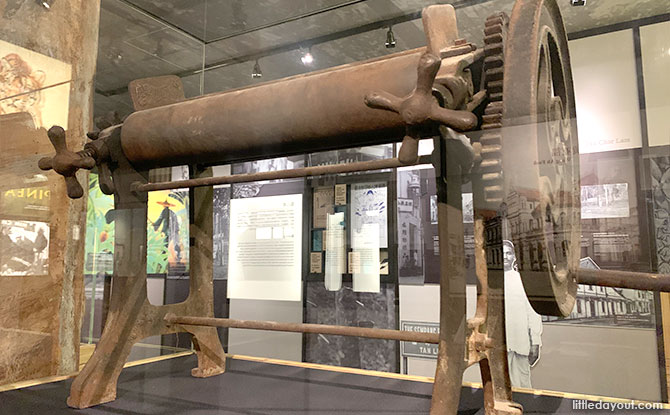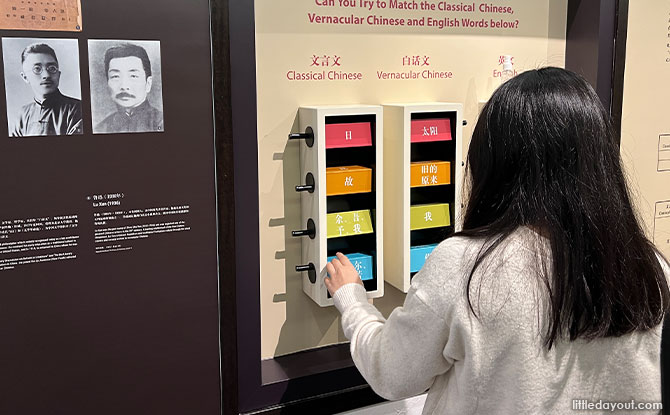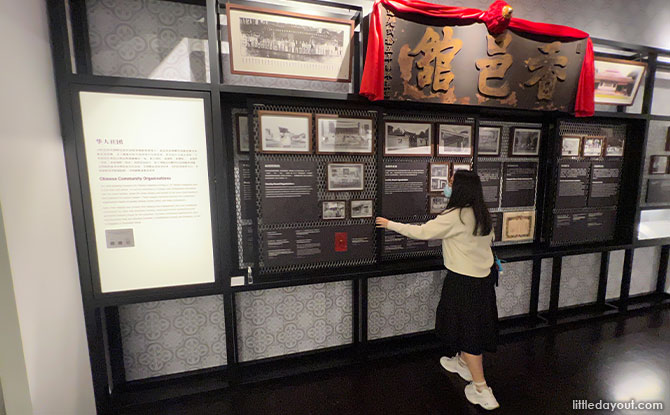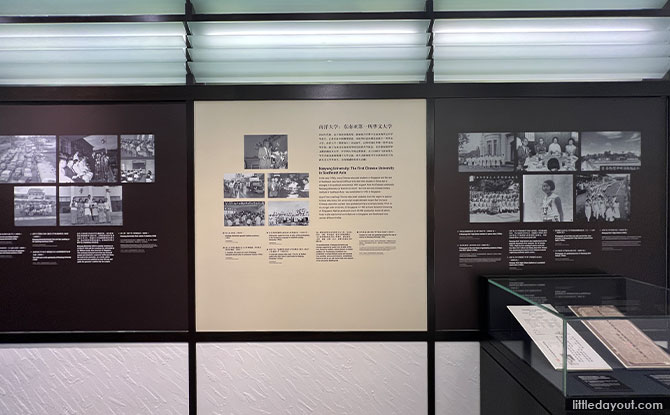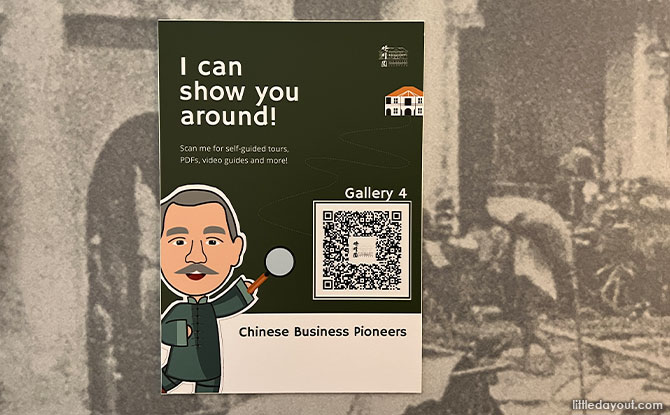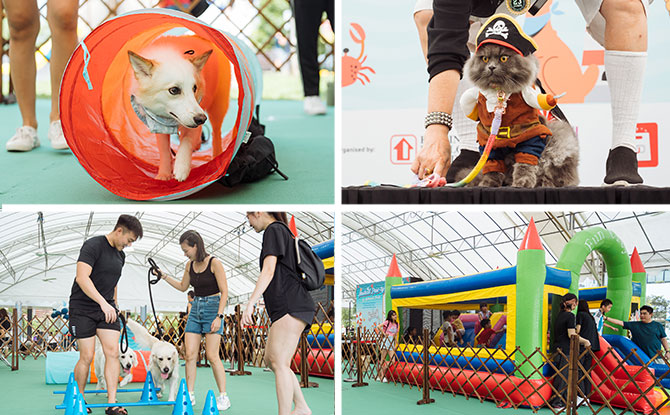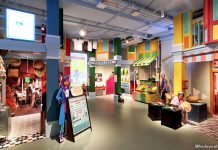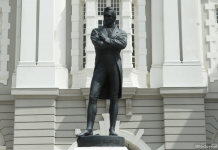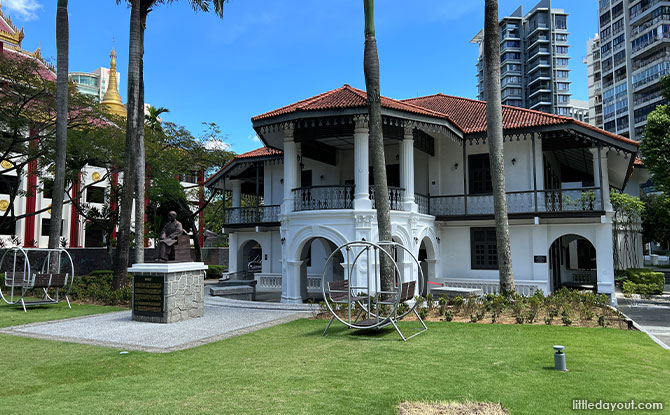
Sun Yat Sen Nanyang Memorial Hall located in a colonial villa found in the Balestier neighbourhood. The villa, owned by businessman Teo Eng Hock and his brother Teo Bah Tan and meant as a gift for their mother, was originally called Wan Qing Yuan or “Serene Sunset Garden”. It was later converted into a base for Dr Sun Yat Sen’s revolutionary activities in the Southeast Asian region.
History of Wan Qing Yuan
In the past, the quiet enclave of Balestier was favoured by rich merchants for its privacy.
The land the villa is built on was originally granted to Loh Jun Teck in 1856 and acquired by Boey Chuan Poh, a local Cantonese merchant. Boey built the Victorian-style villa, and it was known as Bin Chan House.
In 1905, it ended up in the ownership of rubber merchant Teo Eng Hock who bought it as a retirement home for his ageing mother, Tan Poh Neo.
Year-end Holiday Camps: Discover Fun and Exciting Camps for Kids; Book Early
Farm Fright: Join City Sprouts For Their Halloween Bash On 26 Oct
Teo renamed the house Wan Qing Yuan (Serene Sunset Garden) after a line from a Tang Dynasty poem by poet Li Shang Yin to convey his wishes for his mother to enjoy her golden years.
Connection between Wan Qing Yuan Villa and Dr Sun Yat Sen
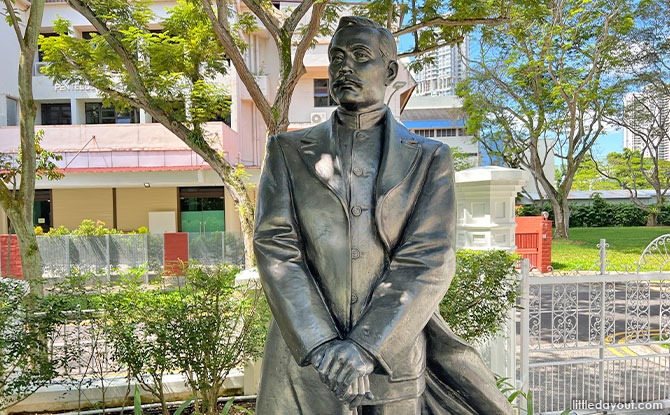
After Teo met Dr Sun in 1905, he offered the use of the villa to the Tong Meng Hui or Chinese Revolutionary Alliance, an underground resistance movement aiming to overthrow the weakening Qing Dynasty and establish a China republic.
The discrete location of the villa made it an ideal base for Dr Sun Yat Sen when he was in Singapore.
With a price on his head in China (literally), Dr Sun’s struggle took him around the world to rally support for his cause. Singapore and Malaya were key support bases because of the many overseas Chinese living and working here.
Teo, his childhood neighbour Tan Chor Lam and nephew Lim Nee Soon were activists who supported the Dr Sun’s cause for a new China. Wan Qing Yuan eventually became the Southeast Asian headquarters of the Tong Meng Hui.
A bronze statue of Dr Sun Yat Sen sits at the front of the villa. Sun, who lived from 1866 to 1925, stayed at the villa on four of his nine visits to Singapore. He would work and sleep in a room on the second floor.
Galleries at Sun Yat Sen Nanyang Memorial Hall
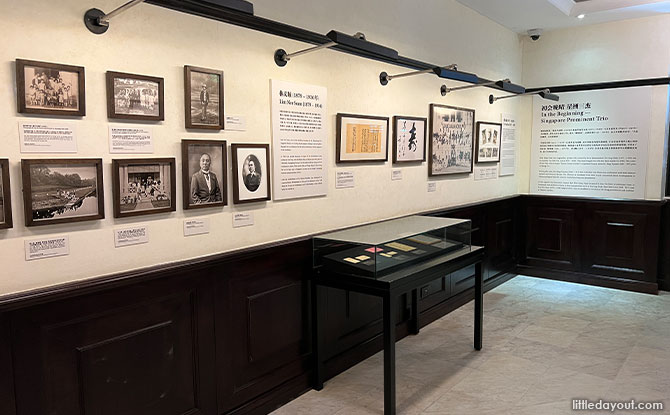
Today, the Sun Yat Sen Nanyang Memorial Hall is a heritage building dedicated to Dr Sun’s revolutionary activities in Southeast Asia. Dr Sun’s life work culminated in the 1911 Revolution in China and the elimination of the Qing Dynasty. These events not only ended Manchurian rule in China but the country’s long imperial history.
The permanent exhibition at Sun Yat Sen Nanyang Memorial Hall is broken into four galleries.
In the Beginning – Singapore Prominent Trio
In the Beginning – Singapore Prominent Trio introduces the three personalities of Teo Eng Hock, Tan Chor Lam and Lim Nee Soon at the personal level.
It also provides the backstory to the villa and how it came to be.
The other galleries are located on the second floor of the memorial hall.
On the way up, visitors can view the Harbingers of Revolution installation.
The installation recreates a scene recorded by Teo Eng Hock in Nanyang and the Founding of the Republic (1933) which described a flock of crows mysteriously flying into the villa the night the Tong Meng Hui Singapore Branch. It is made up of 40 suspended crows made of galvanised steel, in various flight patterns.
Tong Meng Hui in Singapore and Nanyang
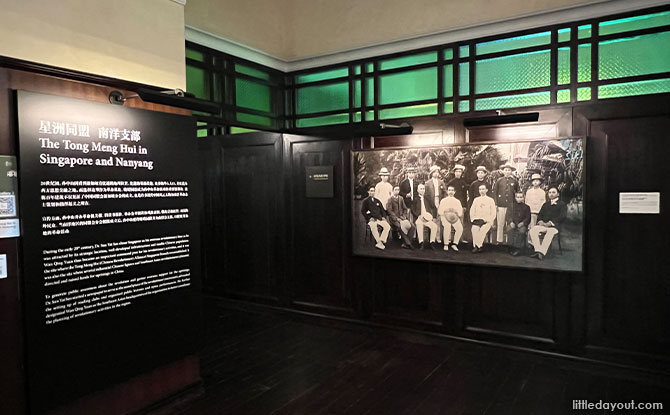
Tong Meng Hui in Singapore and Nanyang provides greater insight into the life of Dr Sun Yat Sen and charts out the activities that took place in Singapore rally the local Chinese community’s support for the revolution in China.
Visitors can also view the bedroom where Dr Sun lived and worked while at Wan Qing Yuan. This provides an insight into the personal life of Dr Sun.
It was also at Wan Qing Yuan that the Tong Meng Hui planned how to rally support for a Chinese republic and how to overthrow the Qing Dynasty. This was done through vehicles such as newspapers and reading clubs.
Overthrowing the Monarchy, Establishing a Republic
Overthrowing the Monarchy, Establishing a Republic looks into the events and failed uprisings leading to the fall of the Qing Dynasty in China.
Dr Sun was proclaimed the founding President of the Republic of China and there was sense of a new era. This also translated to social reforms where practices such as opium smoking, feet binding and the wearing of queues were also abolished.
Dr Sun was a revered figure and passed away on 12 March 1925. This could be seen by acts such as people still taking their oaths in front of his portrait even after his death.
Echoing the Establishment of the Republic of China from a faraway Nanyang
The last permanent gallery, Echoing the Establishment of the Republic of China from a faraway Nanyang, examines the impact of the new China on the Chinese communities in Southeast Asia.
This includes the emergence of Chinese businesses and how clans rallied together to support the Chinese diaspora.
Interactive Exhibits
Some of the exhibits in the galleries are interactive to enhance a visitor’s experience. One such interactive exhibit includes a mini-game where visitors can try to match the Classical Chinese, Vernacular Chinese and English Words by turning colourful blocks.
Visitors can also move the various panels at some of the exhibits so as to reveal more information and facts.
Visitors are encouraged to maintain good personal hygiene and use the hand sanitisers located around the gallery.
The Role of Overseas Chinese in the Establishment of Modern China
The Sun Yat Sen Nanyang Memorial Hall will appeal to those keen to learn more about the establishment of modern China and the role the overseas Chinese played in supporting the revolution. Text panels accompanying the exhibits are informative and reward those who take the time to read through them.
It may be helpful for parents to guide children through the exhibits and provide them with some context to the age Sun Yat Sen lived in, for example, peasant rebellions to imperial rule and the spread of western influence as China was forced to open up.
Visitors can scan QR codes located around the museum to do a self-guided tour.
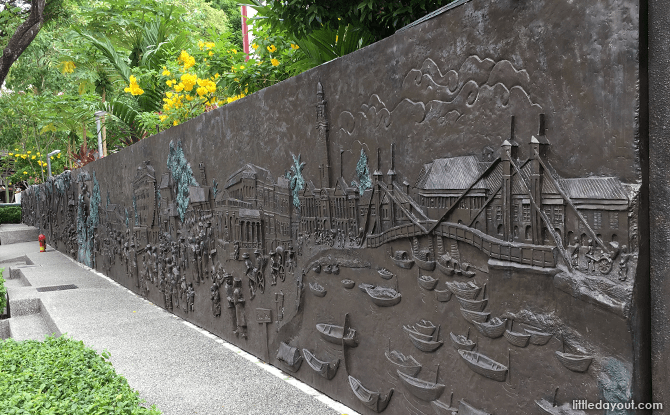
Sun Yat Sen Nanyang Memorial Hall
Address: 12 Tai Gin Road, Singapore 327874
Website


